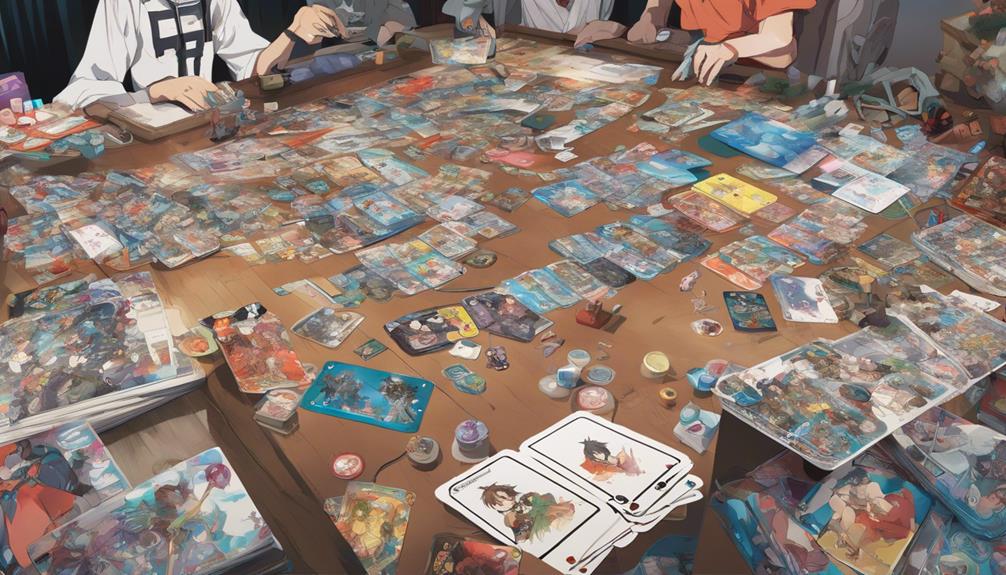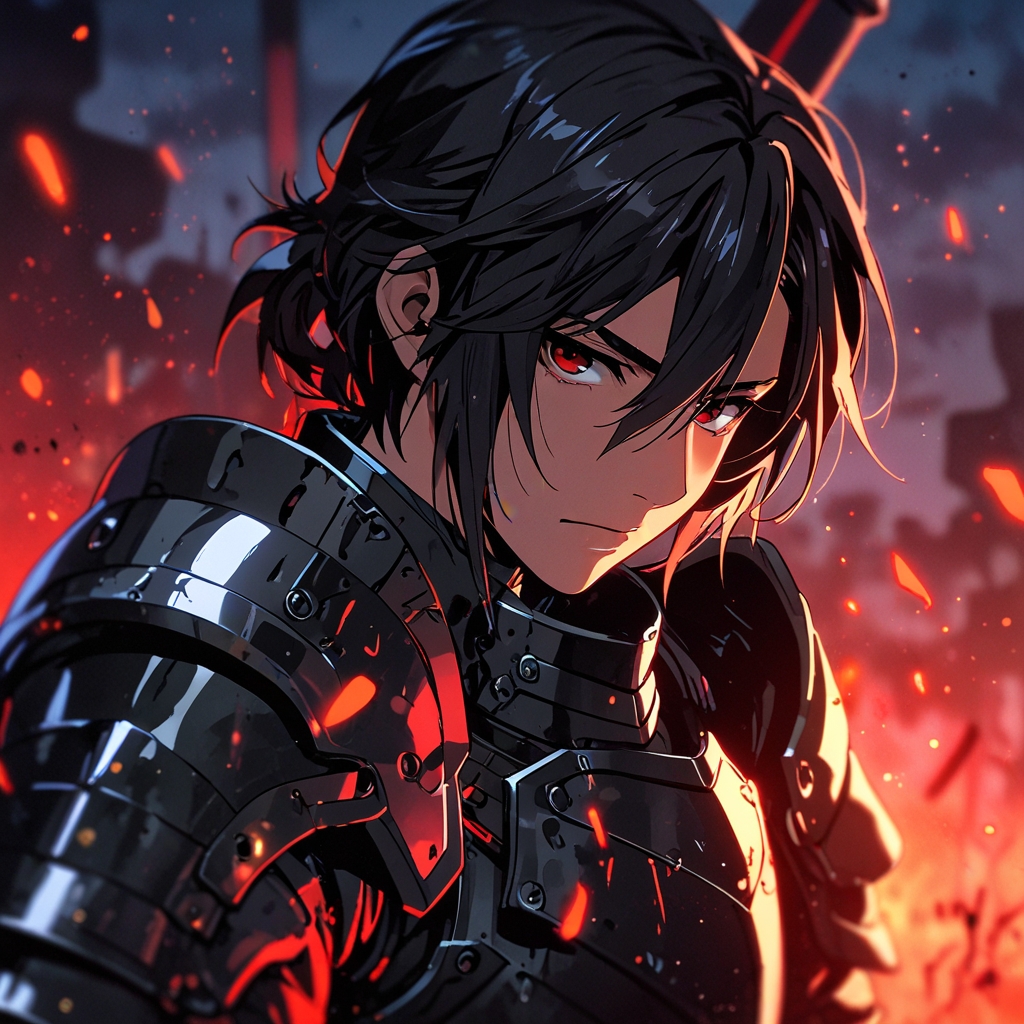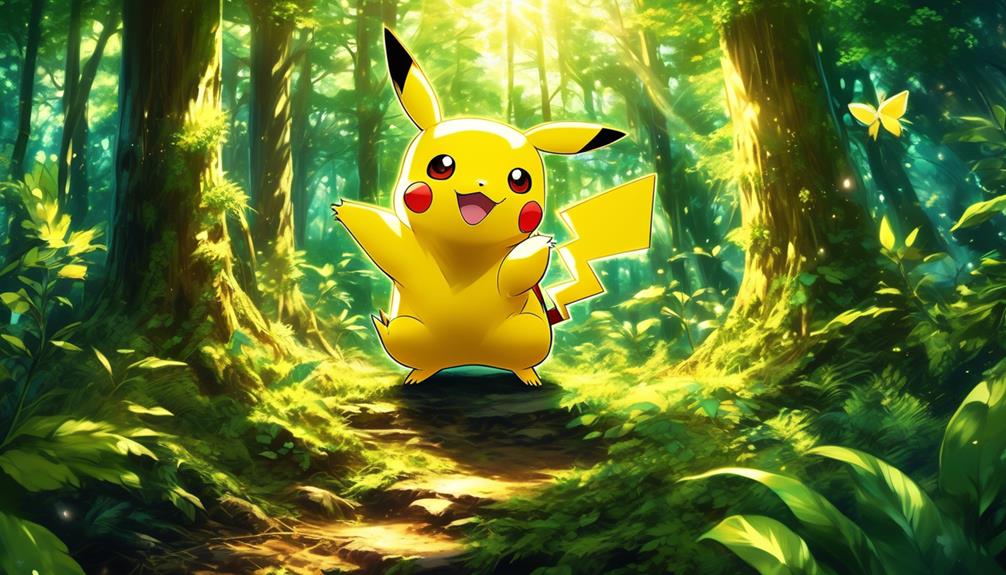You're about to start an epic adventure with Pokémon cards! First, build a 60-card deck with a mix of Pokémon, energy, and Trainer cards. Draw seven cards to begin, and look for Basic Pokémon to play. Attach energy cards to fuel your Pokémon's attacks, and use Trainer cards strategically. As you play, manage your energy cards, evolve your Pokémon, and use their abilities to outmaneuver your opponent. With clever deck-building and gameplay, you'll be collecting prize cards in no time! And that's just the beginning – there's more to explore in the world of Pokémon cards!
Setting Up Your Deck
Building a strong Pokémon Trading Card Game deck begins with a solid foundation, so let's explore the essential elements you'll need to include.
A standard deck consists of 60 cards, comprising Pokémon, energy, and Trainer cards. You can have up to four cards with the same name, except for basic energy cards, so choose wisely!
It's important to allocate a significant portion of your deck to energy cards – about 1/4 to 1/3 – to guarantee consistent energy attachment. You'll want a mix of basic Pokémon, which are the foundation of your deck, as well as Trainer cards that can provide valuable support.
There are various types of Trainer cards, each with unique effects, so experiment to find the right combination for your strategy. With a well-constructed deck, you'll be able to maximize card synergies and outmaneuver your opponents.
Understanding Card Types
As you've crafted your deck, it's time to get familiar with the three main types of cards that'll help you outmaneuver your opponents: Pokémon cards, Trainer cards, and Energy cards.
Pokémon cards are the stars of the show, featuring different stages (Basic, Stage 1, Stage 2) and boasting HP, attacks, abilities, and weaknesses. Understanding Pokémon types (like grass, fire, or water) is essential for leveraging strengths and weaknesses in battles. You'll need to know when to play the right Pokémon to take down your opponent.
Trainer cards come in four flavors: supporter, item, tool, and stadium, each providing unique benefits to players. These cards can turn the tide of battle in your favor or disrupt your opponent's plans.
Energy cards are the fuel for your Pokémon's attacks, and luckily, there's no limit to how many you can include in your deck. With the right Energy cards, you'll be able to utilize powerful attacks and take down your opponents.
Now that you've got a grasp on the different card types, you're one step closer to playing the Pokémon TCG like a pro!
Mastering Your First Turn
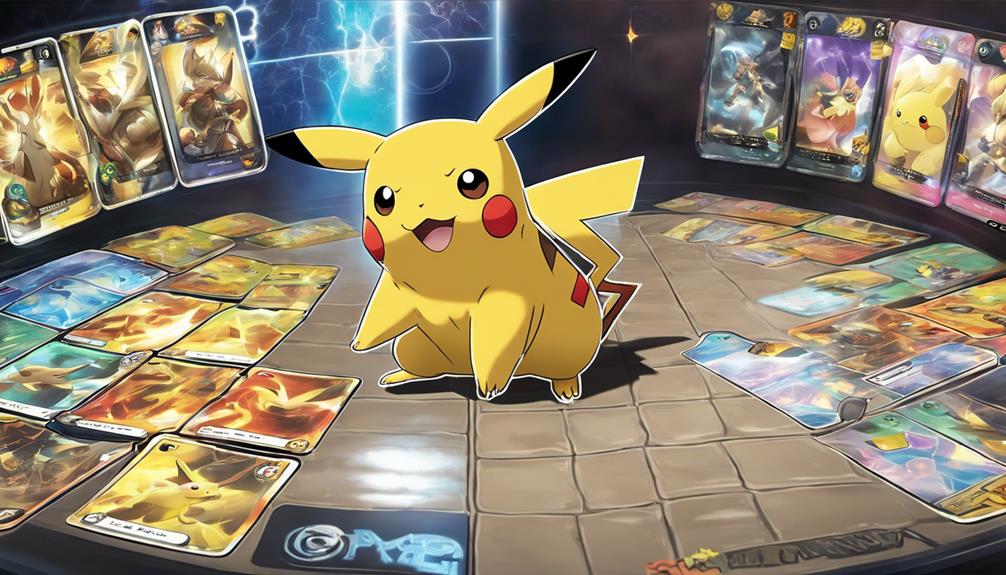
You're about to kick off your Pokémon adventure!
As you master your first turn, you'll need to:
- Draw the opening hand,
- Understand your options, and
- Set up the field to gain a strategic advantage.
Drawing the Opening Hand
Kick-start your Pokémon adventure by immersing yourself in drawing seven cards from your deck, which will form the foundation of your opening hand. This is the beginning of the game, and these seven cards will set the stage for your entire turn.
Take a look at the cards you've drawn and see if you have any Basic Pokémon among them. If you don't, don't worry! You can reshuffle your deck and redraw. Your goal is to find at least one Basic Pokémon to place in the Active Pokémon slot. You can also bench up to five Basic Pokémon for future use.
Once you've got your opening hand sorted, it's time to start your turn. Draw one card from your deck to continue gameplay. This is the first step in building a strong strategy and setting yourself up for success.
With your opening hand in place, you're ready to immerse yourself into the world of Pokémon and start battling!
Understanding Your Options
With your opening hand in place, you're now ready to master your first turn by weighing your options and making strategic decisions that'll set the tone for the rest of the game.
As you begin, draw a card to start building your strategy. Consider playing Basic Pokémon and benching them to prepare for battles ahead. Attach Energy cards strategically to power up your Pokémon for attacks, and utilize Trainer cards to gain advantages and disrupt your opponent's strategy.
Remember, every move counts in this GAME. You can Trading cards with your opponent or use Items to turn the tide in your favor. Be mindful of your resources and plan your moves carefully to set up for successful attacks.
Don't forget to Evolve your Pokémon when the time is right, and keep an eye on those damage counters. By making the most of your options, you'll be well on your way to becoming a Pokémon Master!
Setting Up the Field
As you master your first turn, set the stage for victory by shuffling your deck, drawing seven cards, and strategically selecting your Active Pokémon and Bench Pokémon.
You'll need a deck of exactly 60 cards, so make sure you're ready to play the Pokémon Trading Card Game!
As the player, you'll choose one Basic Pokémon as your Active Pokémon and place up to five Basic Pokémon on your Bench. Next, set up six face-down Prize Cards – your ultimate goal is to claim all six to win the game! Determine who goes first by flipping a coin or using another method.
Now, it's your turn! Draw a card from your deck to add to the cards in your hand. Play a Basic Pokémon, attach one energy card to it, and use Trainer cards strategically. Be aware of any Special Conditions that may affect your Pokémon.
With a solid foundation set, you're ready to take on your opponent and start battling!
Using Energy and Attacks
Now that you've mastered your first turn, it's time to get into the nitty-gritty of battling!
You'll need to understand the different Energy card types to power up your Pokémon's attacks, and learn how to use them effectively to take down your opponents.
Let's explore the world of Energy cards, basic attack moves, and how to use them to dominate the battlefield!
Energy Card Types
You'll need to tap into the power of Energy cards to activate your Pokémon's attacks, and understanding the different Energy types is key to building a winning strategy.
There are various energy card types, such as Fire, Water, and Grass, each with its unique role in powering up your Pokémon's attacks.
Each attack on a Pokémon card requires a specific type and amount of energy to use. To maximize your Pokémon's potential, you'll need to attach the matching energy type to the Pokémon, increasing its effectiveness.
Strategic energy attachment is essential for executing powerful attacks and winning battles in the Pokémon Trading Card Game.
When you attach the right energy type, you'll be able to power up your attacks and take down your opponents.
Remember, the amount of energy required varies for each attack, so make sure to check your Pokémon's card for specific energy requirements.
Basic Attack Moves
With Energy cards attached to your Pokémon, you're prepared to utilize basic attack moves that can deal damage, cause status conditions, or provide strategic benefits.
Now that you've got the Energy you need, it's time to reveal your Pokémon's full potential! Each of your basic Pokémon has unique attack moves that require a specific amount and type of Energy to be used. For example, a Fire-type Pokémon might need two Fire Energy cards to perform a powerful flame attack.
Understanding the Energy requirements and effects of each attack move is essential for developing winning strategies in Pokémon card battles. By mastering your Pokémon's basic attack moves, you'll be able to deal massive damage, cripple your opponent's Pokémon with status conditions, or gain strategic benefits that turn the tide of battle in your favor.
As you explore the world of Pokémon, you'll discover a wide range of attack moves that can be used to outmaneuver your opponents.
Using Energy Effectively
To maximize the full potential of your Pokémon, you need to learn how to use Energy cards effectively, as they're the key to powering up your attacks in the Pokémon Trading Card Game.
Each of your Pokémon cards specifies the type and amount of energy required for its attacks, so it's important to match the energy type to the Pokémon's attack requirements to maximize damage output.
When it's your turn, you can attach one Energy card to your active Pokémon. Make sure to choose the right Energy type to unleash your Pokémon's powerful attacks.
Some Pokémon may require specific energy combinations to trigger powerful effects, so pay attention to the card requirements.
Don't waste your Energy cards on the wrong Pokémon – it's vital to attach the right Energy type to the right Pokémon.
Evolving and Training Pokémon
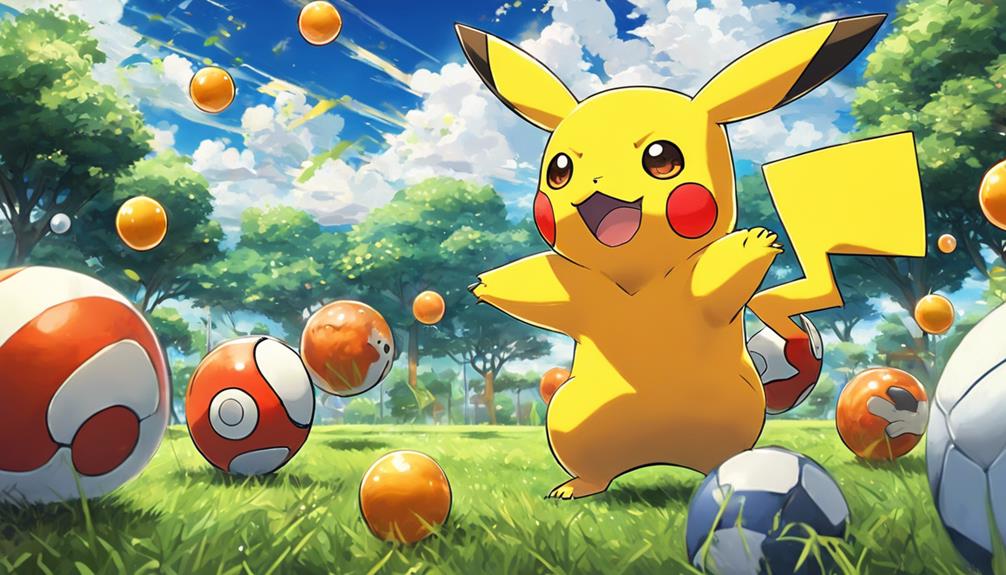
Boost your Pokémon's potential by evolving them into more powerful forms and training them with strategic Trainer cards to reveal their full potential!
In the Pokémon Trading Card Game, evolution is an essential aspect of gameplay. To evolve a Pokémon, you'll place an evolved form on top of a basic Pokémon, revealing more powerful attacks and abilities. However, keep in mind that evolved Pokémon can't evolve on the same turn they're played, limiting you to one evolution per Pokémon per turn.
Training your Pokémon is also important, as it allows you to strategically use Trainer cards to enhance their abilities, draw cards, or manipulate the game state.
When an evolved Pokémon is benched, it can only use its current evolution's attacks and abilities, making evolution an important move for future battles. Don't forget to manage special conditions like Poisoned, Burned, and Paralyzed, which can impact your Pokémon's performance.
With clever evolution and training, you'll be well on your way to becoming a Pokémon Master!
Winning the Game Strategically
You'll need a combination of strategy and skill to emerge victorious in the Pokémon Trading Card Game, where outmaneuvering your opponent and collecting all six prize cards is the ultimate goal.
To achieve this, focus on strategic gameplay, utilizing diverse Pokémon types, abilities, and special effects to gain an advantage. Knocking out your opponent's EX/GX Pokémon can also help you claim two prize cards at once, accelerating your path to victory.
Manage your prize cards and deck effectively to maintain a competitive edge throughout the game.
As you refine your winning strategies, participate in tournaments to test your skills against different opponents. The Pokémon Company encourages players to develop their skills and climb the ranks.
By mastering the art of strategic gameplay, you'll be well on your way to becoming a champion.
Frequently Asked Questions
What Are the Rules of the Pokémon Card Game?
As you immerse yourself in the Pokémon Trading Card Game, you'll want to master the rules! Familiarize yourself with deck building, avoiding rulebook errors, and understanding card interactions, gameplay phases, damage calculation, win conditions, penalty cards, and official rulings to become a Pokémon Master!
Is It Easy to Play Pokémon Cards?
You'll be thrilled to know that getting started with Pokémon cards is a breeze! With simple rules and fast gameplay, you'll be battling in no time. Perfect for new players, it's a quick start to casual, family-friendly fun that's accessible to kids of all ages!
How to Understand a Pokémon Card?
When you analyze a Pokémon card, you're deciphering its anatomy! You'll uncover its type, HP points, attack moves, defense stats, rarity, and energy costs. You'll also discover its evolution stages, making you a master of understanding Pokémon cards!
What Is the Rarest Pokémon Card?
"Imagine holding a treasure trove of rare Pokémon cards! You're on the hunt for the rarest finds, and you've got auction fever! The Pikachu Illustrator card, a true collector's item, tops the list, boasting a staggering value due to its limited edition rarity and pristine card grading."
